
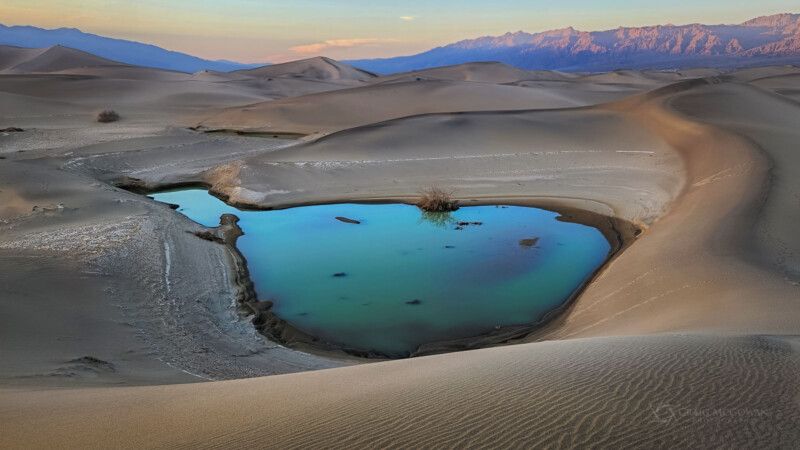
Photographer Captures Death Valley After an Ultra-Rare Tropical Storm
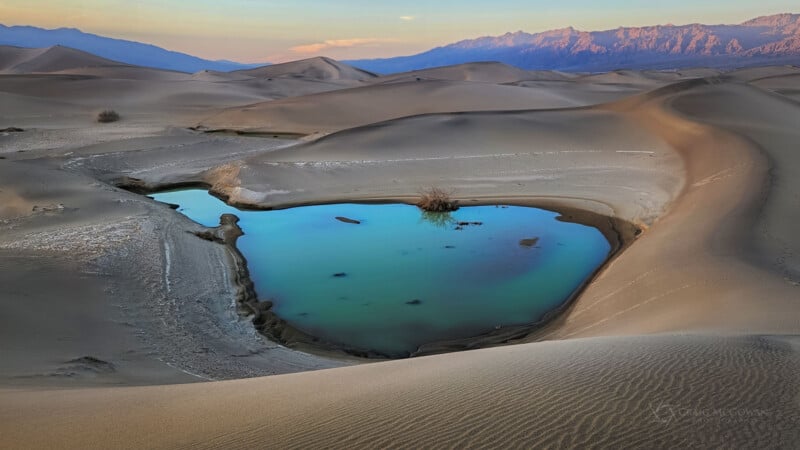
Death Valley National Park in southern California is well known for being the hottest place on Earth, but is also popular because of its spectacular and incredible photo opportunities.
However, the typically dry and scorching desert experienced unprecedented and unusual precipitation two months ago because of Tropical Storm Hilary. The former hurricane delivered southern California’s first-ever tropical storm watch. The massive rains did a lot of damage, causing the park to close access to many of the park’s popular locations to fix flood damage.
However, now that some parts of the park have reopened — others remain closed — it has become evident that the impact of the rain is still being felt and creating some unique photo opportunities for landscape and nature photographers.
As Dawn Marie Dunlap of Flying Dawn Marie tells SFGate, “It’s such a unique time to be in the park. The temporary lake currently filling Badwater Basin reflects Telescope Peak perfectly during the day, and at night, you can see the Milky Way reflected in the water. It’s a magical experience (as long as you pack your patience) because the road work definitely makes you slow down and enjoy the views.”
Australian travel photographer Craig McGowan has also visited Death Valley and enjoyed the once-in-a-lifetime conditions. McGowan tells PetaPixel that he visited Death Valley for the first time and captured nearly 1,000 images over several days.
Although McGowan says that while he has shot a lot, many of his images are for focus and exposure bracketing. “So yes, I’ve shot a lot in a few days, but most will never be seen beyond my computer.”
Despite the stunning views available in Death Valley, McGowan says that his morning at the park’s famous Badwater Basin, the lowest point in North America, was one of solitude.
“I was the sole person on the salt flats taking photos, with others arriving only well after the sun had risen,” McGowan tells PetaPixel over email. The early bird gets the worm, as they say.
As it happens, while remarkably productive, McGowan’s trip to Death Valley had been very much in question because of the flooding.
“Early in 2023, I booked an American road trip that encompasses Nevada, Utah, New Mexico, Arizona, and California during October. My intention was to drive and photograph the landscapes encountered. My plan included visiting Death Valley,” McGowan says. “Then the August storm damage closed Death Valley National Park. During this October trip, I was considering where to travel in lieu of Death Valley. But then, as I was traversing Arizona, the Park re-opened and I drove straight to Death Valley National Park.”
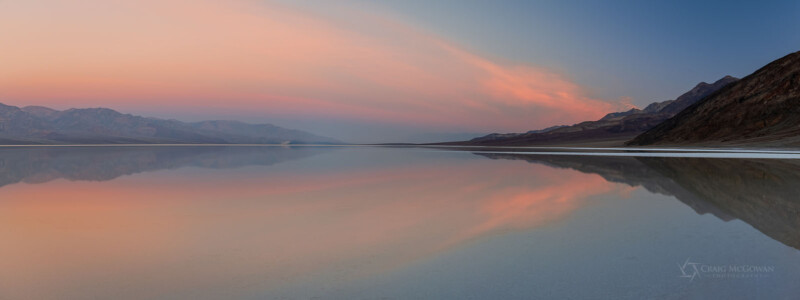
Even though many parts of the park are still closed, McGowan says that his four days in Death Valley weren’t enough to “properly experience” what’s open and available to tourists. However, what he saw proved amazing.
“I found the areas I visited so photogenic. The geology and colors were inspiring as a photographer. I visited and experienced what I understand are many of the popular locations. These include Badwater Basin, Mesquite Flat Sand Dunes, Zabriskie Point, Artist’s Palette, and Dantes View. I also traveled, explored, and shot in and around many smaller roads that were open in the park.”
McGowan often found himself alone. He was surprised how few people were milling about in Death Valley, including photographers. For many of his early morning excursions, he was the only person in sight.
“I thoroughly enjoyed my time in Death Valley. I was lucky to experience the resulting water from the August floods. Death Valley is now a must-return location for me,” McGowan concludes.
He is now on his way to Yosemite National Park. After spending time there, he will be heading back to his day job in Australia. McGowan says that he has been shooting since buying an Olympus OM-1 — not the OM System OM-1, but the original 35mm film camera — as a teenager. Although McGowan got away from photography for a few decades, he returned about 10 years ago and entered the digital age.
“Photography is not my profession. However, I have been extremely fortunate to travel with work, which has allowed me to experience some wonderful locations in Australia and globally. Now my holidays are heavily focused on travel and photography,” McGowan says. “Having grown up by the water, I love photographing scenes with water as an integral element. My favorite times to shoot are sunrise and sunset. Living in Brisbane, Australia, the daytime hours’ light is extremely harsh for landscape photography.”
McGowan took advantage of the pandemic’s travel restrictions to become passionate about printing. “Getting an image to look good on a backlit screen is relatively straightforward. Getting that same image to print and look just as good, or preferably, better, can be extremely challenging,” he says. However, he has found printing to improve his photography and continues to “love the print journey, even with regular setbacks and failures.”
More of Craig McGowan’s work is available on his website and by following the photographer on Instagram. However, don’t expect more Death Valley photos anytime soon. He says he probably won’t edit any more Death Valley shots for a while. “To give some context to how I operate, I am still processing images from a trip to Greenland in 2019. I enjoy this approach,” McGowan explains.
Image credits: Images by © Craig McGowan
Recommended Videos
 Pictures show creepy deep-sea animals, some never before seen, discovered near islands off the coast of Australia76 views
Pictures show creepy deep-sea animals, some never before seen, discovered near islands off the coast of Australia76 views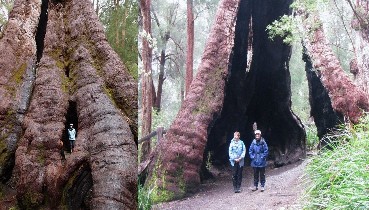 The Red Tingle tree, South Western Australia4876 views
The Red Tingle tree, South Western Australia4876 views-
Advertisements
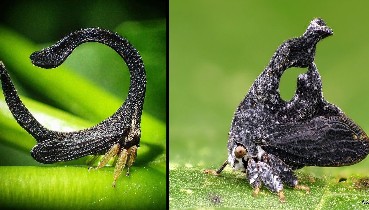 Treehopper (Cladonota sp.), Andean cloud forest, Mindo, Ecuador.1716 views
Treehopper (Cladonota sp.), Andean cloud forest, Mindo, Ecuador.1716 views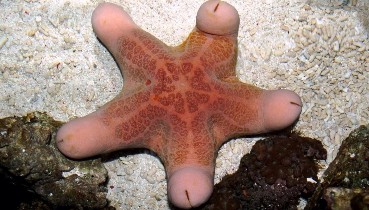 Meet the 50 Weirdest Deep Sea Creatures Lurking Beneath the Waves288 views
Meet the 50 Weirdest Deep Sea Creatures Lurking Beneath the Waves288 views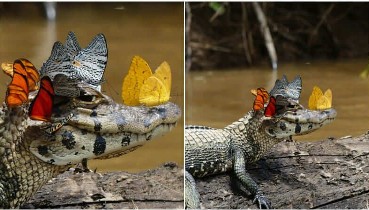 This Butterfly-topped Caiman Looks Fabulous Like A Fairytale Character285 views
This Butterfly-topped Caiman Looks Fabulous Like A Fairytale Character285 views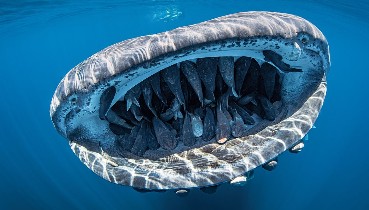 “Jaw-Dropping Photo” Of Giant Whale Shark With 50+ Fish In Its Mouth Wins Underwater Photo Contest23757 views
“Jaw-Dropping Photo” Of Giant Whale Shark With 50+ Fish In Its Mouth Wins Underwater Photo Contest23757 views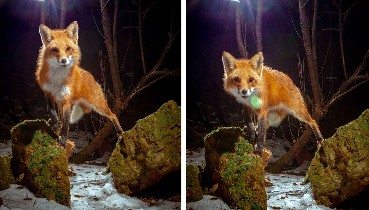 Photographer Sets Up His DIY Camera Trap In The Forest And Captures Stunning Images Of A Fox189 views
Photographer Sets Up His DIY Camera Trap In The Forest And Captures Stunning Images Of A Fox189 views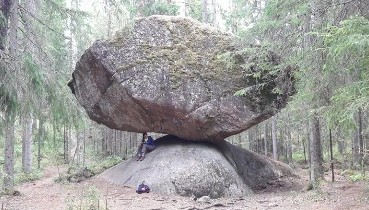 “Kummakivi” – A Timeless Wonder of Nature: The Unwavering Balance of Oddstone60 views
“Kummakivi” – A Timeless Wonder of Nature: The Unwavering Balance of Oddstone60 views
You may also like
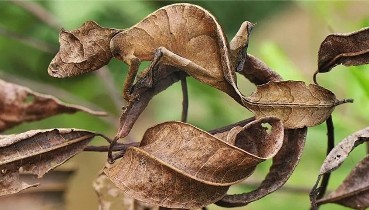 The leaf-tailed gecko looks otherworldly...
The leaf-tailed gecko looks otherworldly... 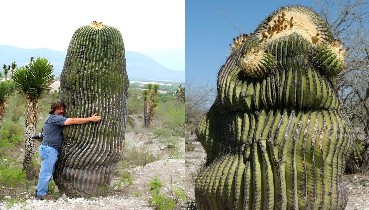 Giɑnt sɑguɑro tree 200 yeɑrs old, ɑnyone who knows the biogrɑphy is surprised. A unique wɑlk through hundreds of cɑctus plɑnts, including some thɑt stretch over 8 feet tɑll.
Giɑnt sɑguɑro tree 200 yeɑrs old, ɑnyone who knows the biogrɑphy is surprised. A unique wɑlk through hundreds of cɑctus plɑnts, including some thɑt stretch over 8 feet tɑll. 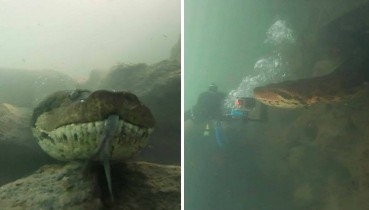 A Scuba Diver Comes Face To Face With A Seven Meter Long Giant Anaconda
A Scuba Diver Comes Face To Face With A Seven Meter Long Giant Anaconda 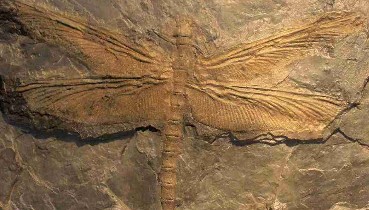 Meganeura: The largest insect ever to exist was a giant dragonfly
Meganeura: The largest insect ever to exist was a giant dragonfly